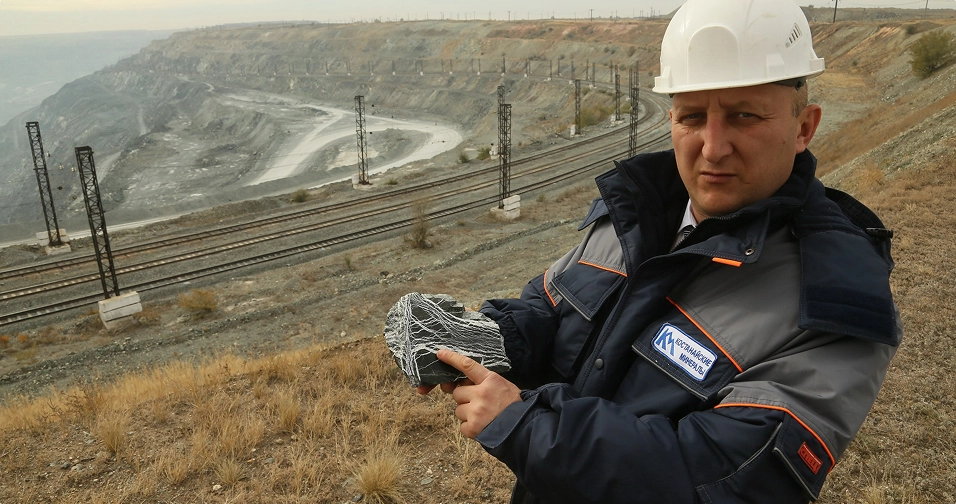United States Environmental Protection Agency (EPA). California, May 2001. Ask ChatGPT
Chrysotile does not pose any significant health risk to humans at exposure levels below 1 fiber/cm³, as defined by the ILO.
% over
Asphalt production also cannot do without asbestos – it is essential during asphalt laying.
Due to its low thermal conductivity, asbestos provides excellent protection from high temperatures, which is why it is used for insulating various heating devices. Beyond industrial use, asbestos products are often used as props in fire shows — impressive performances involving fire (e.g., fire-resistant asbestos fabric).
Traditionally, asbestos is used in the production of asbestos-cement products. These products (pipes and sheets) contain 10–15% asbestos (mainly chrysotile).
This information is based on numerous epidemiological studies, some spanning over 20 years. Chrysotile is the safest form of asbestos, despite the confusion some interested parties attempt to create by grouping all types of asbestos into one concept.
Thanks to active participation from countries supporting chrysotile, chrysotile asbestos was, for the seventh time, not included in Annex III (“Banned List”) of the Rotterdam Convention in 2019 during the meeting in Geneva. The issue was postponed to 2021.
The decision not to include chrysotile was made due to the positions of Russia, Kazakhstan, Kyrgyzstan, Syria, Zimbabwe, Venezuela, Pakistan, Cuba, India, and Iran. Their main argument: the lack of scientific justification regarding the mineral’s danger.
The Republic of Kazakhstan currently has an officially approved policy for the controlled use of chrysotile, in accordance with the decision made during the meeting with the Prime Minister of the Republic of Kazakhstan on December 24, 2008, No. 20-5/81.


Asbestos is a generic trade name for a group of naturally occurring minerals that appear in fibrous bundles. These minerals are divided into two groups, which differ in their chemical composition, technological properties, and impact on human health — serpentines and amphiboles — both commercially referred to as "asbestos."



